
by Jason Bowles | Jul 13, 2022 | Africa, Jason
Other than flight delays (which are almost the rule now, followed closely by flight cancellations), our journey to South Africa was uneventful. After nearly 23 hours in the air, several hours in various airports, and a few hours stretching our legs along the Thames in London, we arrived in Cape Town. Almost there . . .
We rented a car and drove another two hours to Hermanus, a scenic town known for its whales. We checked into the Aloe Guest House, making this our home for a couple of days. This is a great guest house on the main road through Hermanus, with the center of town easily walkable. John and Lesley were great hosts, always helpful and extremely friendly. Our true destination, though, was Gansbaai, a not-so-scenic town 45 kilometers further around on the other side of the bay, known for its Great White Sharks. As a life-long fan of sharks and an avid watcher of Shark Week every year on the Discovery Channel, Alex was in his element. Gansbaai, Dyer Island, and Shark Alley are featured regularly as this is one of the best places on the planet to see white sharks, and other species as well. Our upcoming safari–the reason for our trip to Africa–will be in Zimbabwe and Botswana. The sole reason for our stop in South Africa was to see white sharks.
Diving with Great Whites is weather-dependant, and 4-meter swells canceled our planned dive the next day. Thus the stay in Hermanus. Most people make a day trip from Cape Town to cage-dive with the sharks: a very long day trip when you include 5 hours of driving time. Adding in the unpredictability of the seas, it could have been two VERY long day trips. Hermanus is a great town with plenty of good restaurants and a spectacular coastal trail called the Cliff Walk. Walking along this path, watching monstrous waves crash against the cliff, we were not nearly as disappointed that our dive had been canceled. We did manage to see white sharks despite the ocean conditions, though.
Hermanus is known for its southern right whales which were just starting to return from Antarctica, but the rough seas were keeping them too far from shore to see from the Cliff Walk. We opted to go flight-seeing as whale-watching boats also were not going out due to the high seas. We made arrangements to fly with African Wings out of the neighboring town, Stanford. The pilot, Dave, was waiting for us at his hanger with a Cessna 182 out front. After quick introductions, Alex, Maile, and I were in the plane, taxiing down a bumpy dirt strip for takeoff. Early in the flight, he took us over Kleinbaai, where the shark operations are and we could see Great White sharks swimming in the bay below us. Next, he flew us out over Shark Alley and Dyer Island. We could see the seal colony that brings in the predators. Cruising out over the bay we saw several southern right whales and one humpback. After 45 minutes in the air, we returned to the airstrip and Dave brought us in for a landing smoother than some commercial flights despite the rutted, uneven terrain of the dirt runway. He did a quick turnaround and took Maile back up with Stacy so she could see the whales. After the flight, we received good news: the weather was expected to improve and the shark boats were going out the following day.

Cage diving with white sharks, Gansbaai, South Africa
The water was a little rough but managable. The water was cold but managable. Unfortunately, the rough seas that precluded diving the day before (and the day before that, it turns out) had reduced visibility to a few feet. For the record, we were in the water with white sharks, but even in the cage you could see them much better from the surface than you could underwater. The shark had to bump the cage right in front of you (which it did for Alex) to really get a good look. Viewing from the boat was actually much better. In addition to four great white sharks, we also saw a large bronze whaler shark. I used a little creative license and Photoshop to create a more impressive memento as the Go Pro footage I have is garbage.
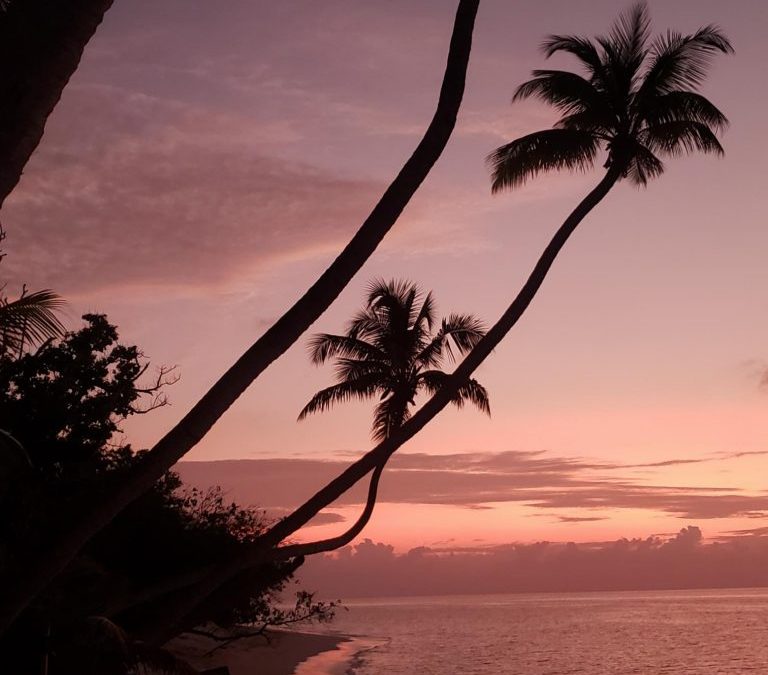
by Jason Bowles | Mar 20, 2022 | Africa, Jason
One of the best things about the Seychelles is the diversity. In addition to the main island group that is prominent in nearly every beach calendar ever made, there are a multitude of smaller “out islands” to explore. They can be quite different and unique. We chose Desroaches Island, where the Four Seasons has a resort. This small sandy island in no way resembles the green mountains and black granite boulders of Mahe, but it is equally beautiful in different ways. Our beach villa opend up on a pristine sand beach where we enjoyed one of the most spectacular sunsets ever, on our first night!
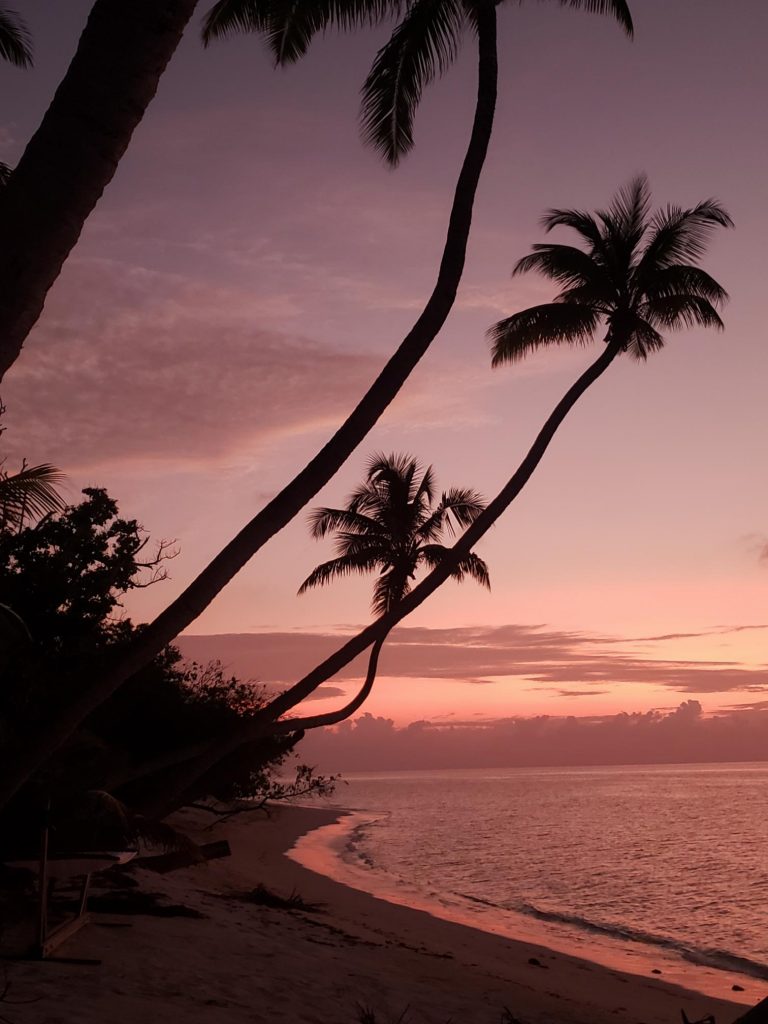
Our villa was amazing! Right on the beach with kayaks, SUP’s, and 4 bicycles to travel around the island. In addition to the beach, great diving, and the amenities of the Four Seasons, they have giant tortises on the island also.

Giant Aldabra trotise on Desroaches Island
The warm turquoise water of the Indian Ocean is not like any other. The beaches are unreal.
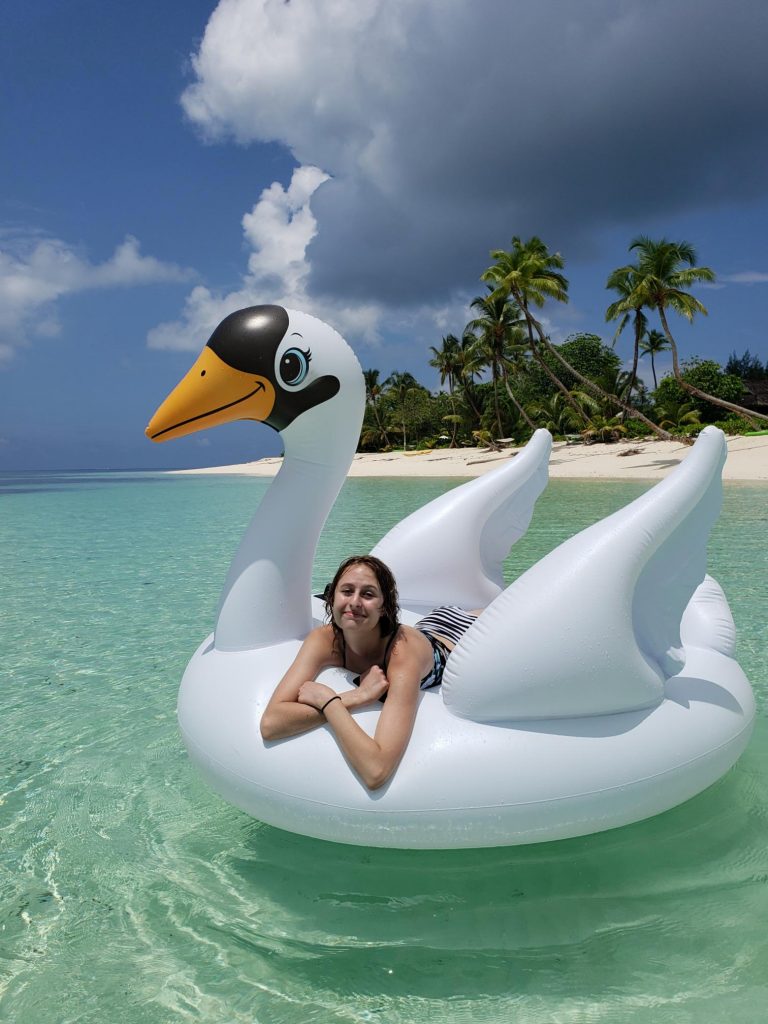
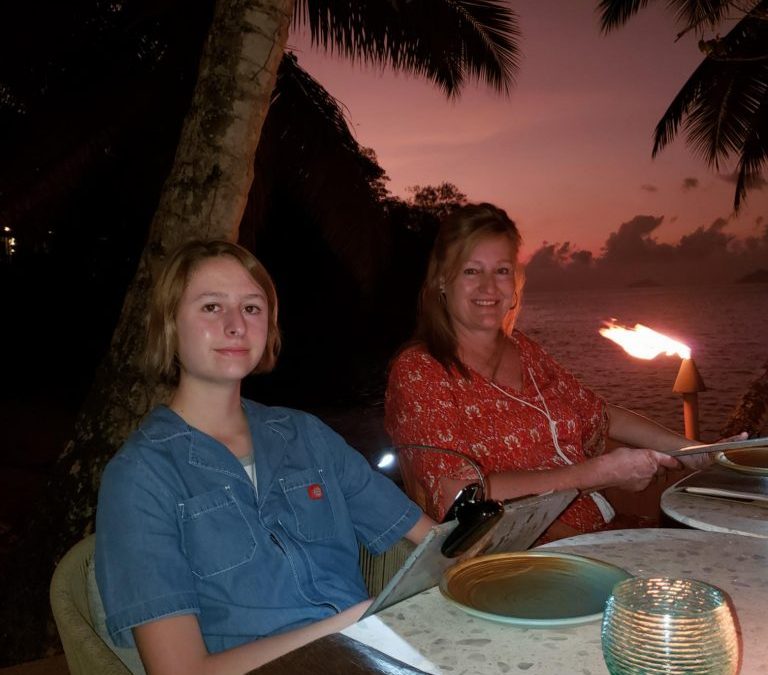
by Jason Bowles | Mar 15, 2022 | Africa, Stacy
Sunset dinner at The Mango House, Mahe, Seychelles.
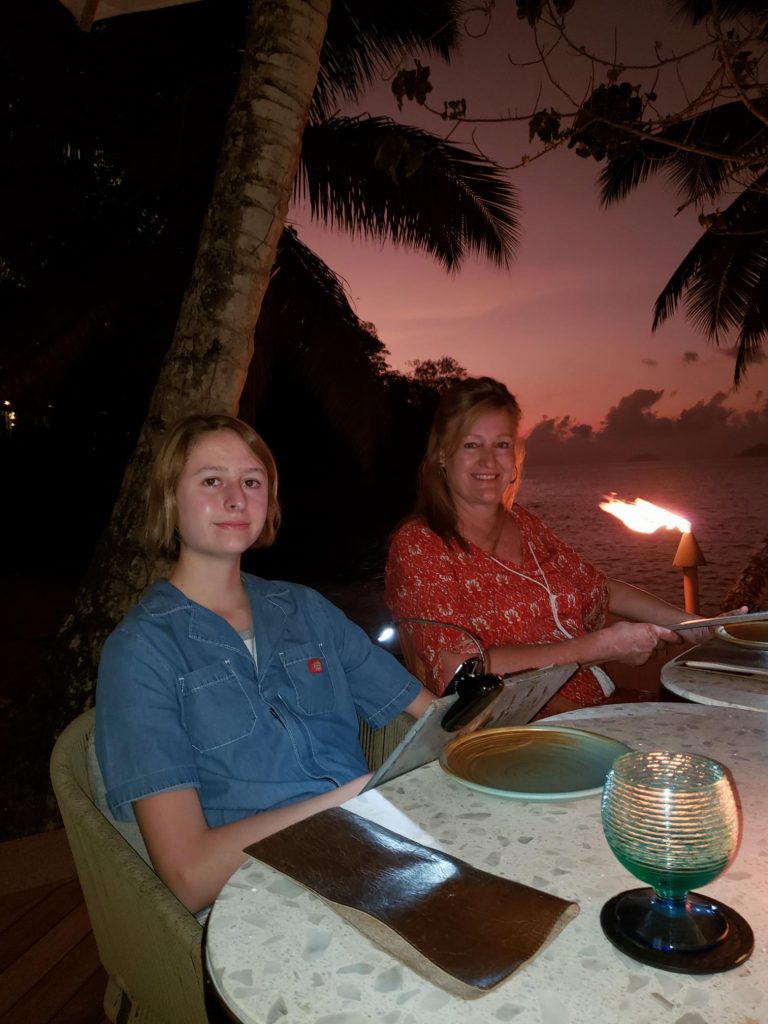
Seychelles Sunset

by Jason Bowles | Mar 15, 2022 | Africa, Jason
It took almost a year and a half to get here but we finally made it to the Seychelles. This trip was initiated, then postponed by the pandemic: in mid-2020, Qatar Airways offered two free round-trip tickets anywhere they flew to a few lucky “healthcare heroes”. I was lucky enough to secure these tickets and had planned a trip to the Seychelles in October 2020. Unfortunately, they had closed their borders by October and the tickets went to waste. Luckily, nearly a year later, Qatar Airways reached out and offered a “do-over” on this special promotion. This time we planned ahead, bought a couple of extra tickets, and, voila–Spring Break for the Bowles Family in the Seychelles!
Arriving in Mahe, we chose to stay at The Mango House, a new boutique hotel affiliated with the Hilton Brand. As it turns out, it was an excellent choice. Fantastic rooms, amazing views, great restaurants, and impeccable service.
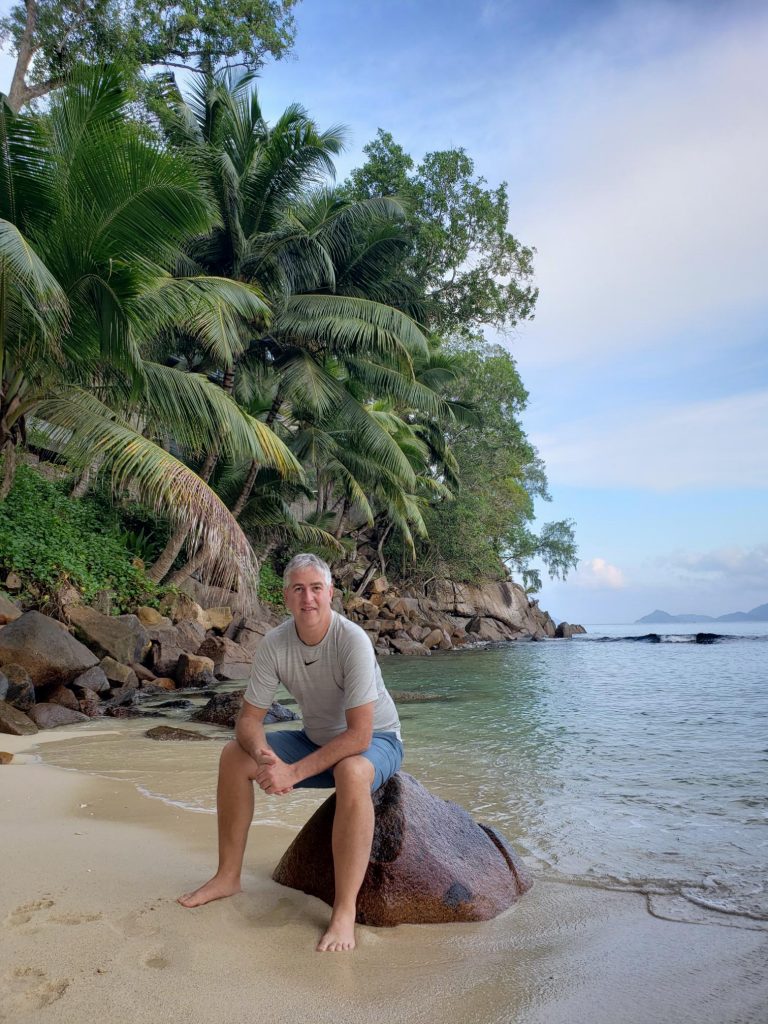
Beach at The Mango House
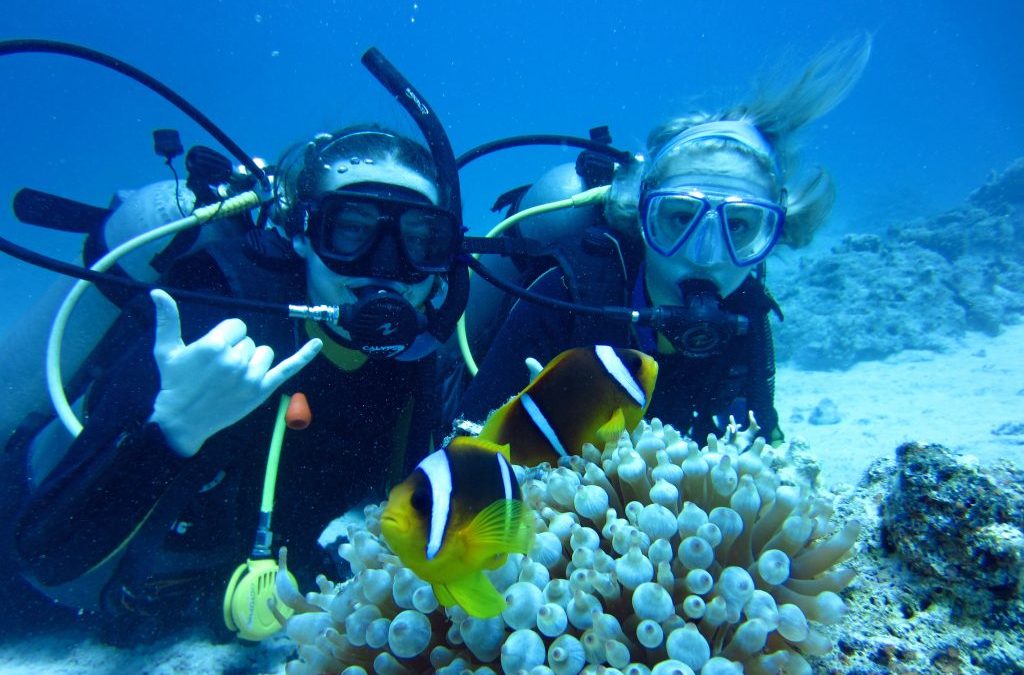
by Jason Bowles | Mar 14, 2021 | Africa, Jason
I last dove the Red Sea 25 years ago. I recall clear, warm water with vibrant coral and fish life. Of course, that was in October. March is still considered winter in Egypt, and the water hasn’t started to warm up yet. Even in a wetsuit, the Red Sea in March is brisk. A full 5-mm wetsuit was just barely enough as the water temperature was only 70 degrees Fahrenheit (21 C). Unfortunately for us, the wind was blowing constantly which made exiting the water and removing wetsuits a little chilly. Still, we had a great time with Aquarius Diving Club.

Maile and Megan posing with clownfish
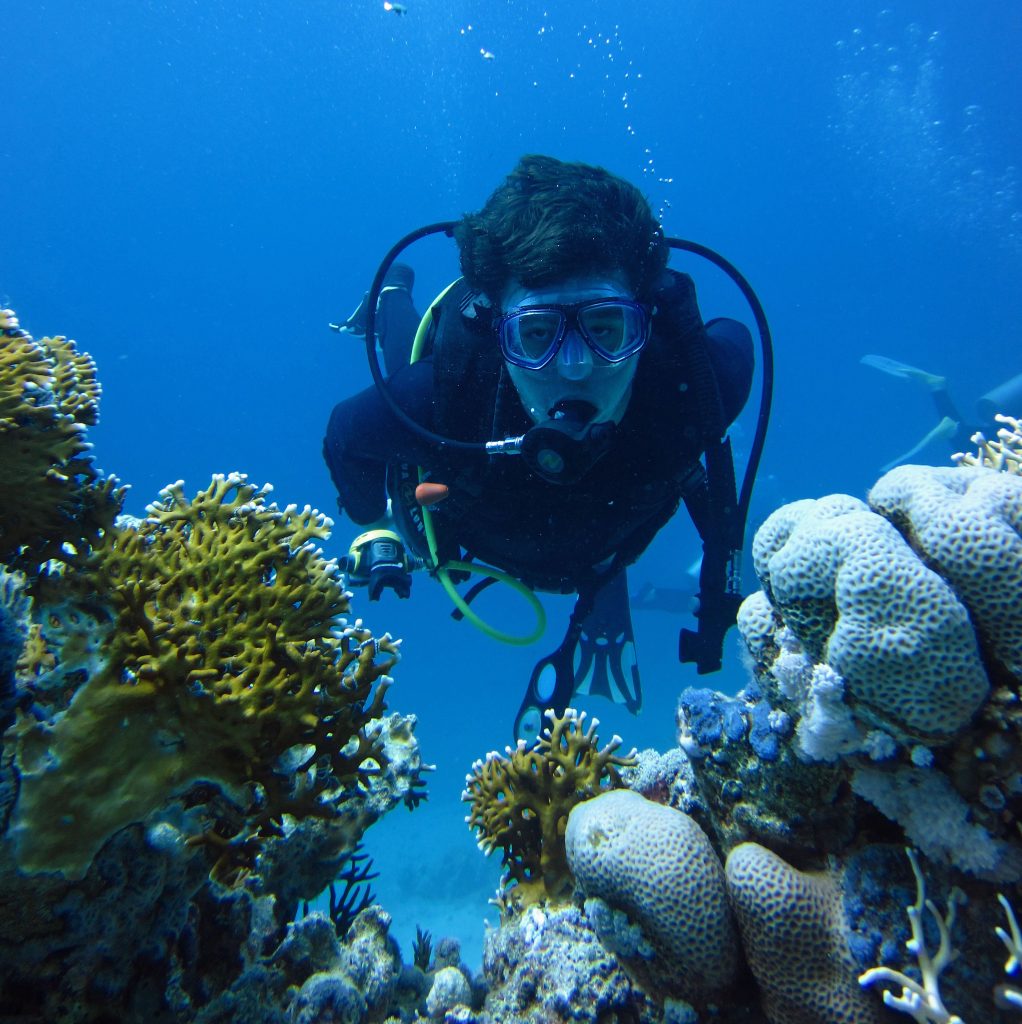
Alex diving the Red Sea

by Jason Bowles | Mar 14, 2021 | Africa, Jason
We were originally scheduled to see the sights of Upper Egypt on a Nile Cruise. Stacy and I have traveled in Egypt twice before, and have experienced both cruising on the Nile and travel by local train. Cruising is the most popular, and on previous trips, it was common to see dozens of ships disembarking passengers at every site. Given the pandemic, we chose not to risk the close quarters of a river cruise and decided to make the journey overland.

We met our guide, Walid, in Cairo and he flew with us to Aswan. After the sights in and around Aswan, we drove north to Luxor, stopping along the way to see temples at Kom Ombo and Edfu. The Temple of Horus at Edfu is the best-preserved temple in Egypt as well as one of the largest. It is just over 200 kilometers from Aswan to Luxor, but traveling along the Nile with stops to enjoy the major temples, it took most of a day to reach Luxor. Here, we spent a day on the east bank (Karnak and Luxor temples) and a day on the west bank (balloon ride at sunrise, Valley of the Kings, and Hatshepsut’s temple). After these sights, we dropped Walid at the airport to fly home to Cairo and we drove the 300 kilometers to Hurghada.















